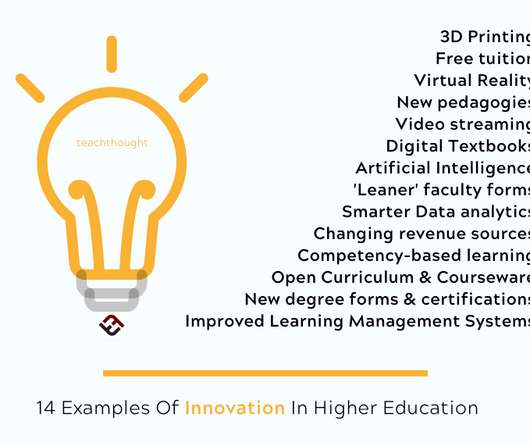How to close learning gaps with the help of an intelligent learning platform
Neo LMS
MAY 10, 2022
On their side, students simply have to put in more effort to make up for that missing class through individual study. Skills gaps open when students don’t have sufficient chances to practice what they’ve learned. This is where learning gaps come to light. Use competency-based learning.















Let's personalize your content